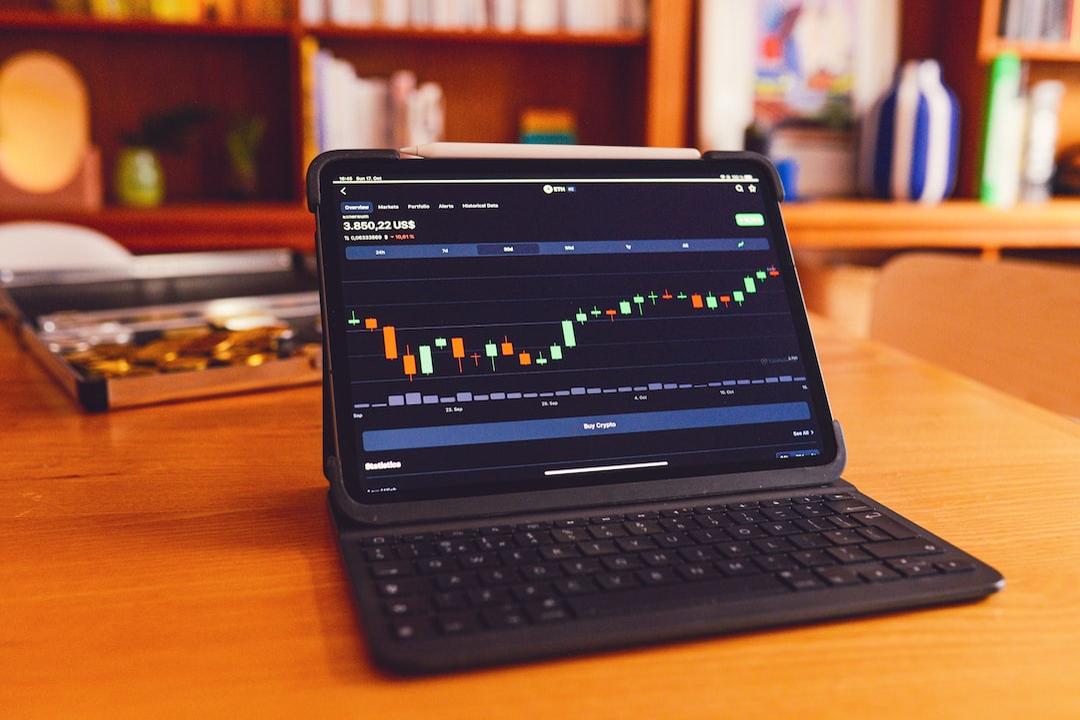The most recent Bitcoin halving, which concluded on April 19th, 2024, has brought rewards to many participants, particularly miners. A notable outcome of this halving event is that block revenues have increased to 21.74 BTC, largely due to transaction fees.
The purpose of the halving was to slow down the growth of the total Bitcoin supply. Each block’s reward was reduced from 6.25 to 3.125 as part of the design to limit the total supply to 21 million coins. This measure often leads to an increase in the cryptocurrency’s price in the long run.
Despite the decrease in block rewards, miners have seen an overall increase in revenue per block. According to OKLink data, the average block reward for the 15 blocks after the halving reached a maximum of 21.74 BTC. This surge was mainly driven by substantial growth in transaction fees, which contributed nearly 18 BTC to the overall revenue.
The rising transaction fees may indicate an increase in the cost of processing transactions within the network. This could be a result of higher demand or lower transaction throughput per block. The Bitcoin community and financial press have been anticipating the consequences of the halving, as these events often contribute to the upward momentum of the crypto world. However, the impact of the increased migration cost on migratory patterns remains uncertain. Market analysts and investors are closely monitoring these factors to assess their influence on Bitcoin’s price and stability in the future.
The higher transaction fees as a percentage of total block revenue signify a shifting dynamic in miner compensation. This change could affect miner activity, especially in regions where electricity costs outweigh the benefits of mining operations. These increased fees may encourage the development of second-layer solutions like the Lightning Network, which aims to reduce costs and speed up transactions on the blockchain.
As the crypto sphere adapts to the new financial landscape post-halving, the long-term implications for network security, miner profitability, and transaction fees will become more apparent. While Bitcoin miners are pleased with the increased block rewards, new challenges and opportunities arise for the entire Bitcoin ecosystem.
Bitcoin halvings are significant events that not only impact miners’ revenues but also have broader implications for investors and the market. These events serve as critical indicators of the evolving nature of blockchain technology and its financial structures.

